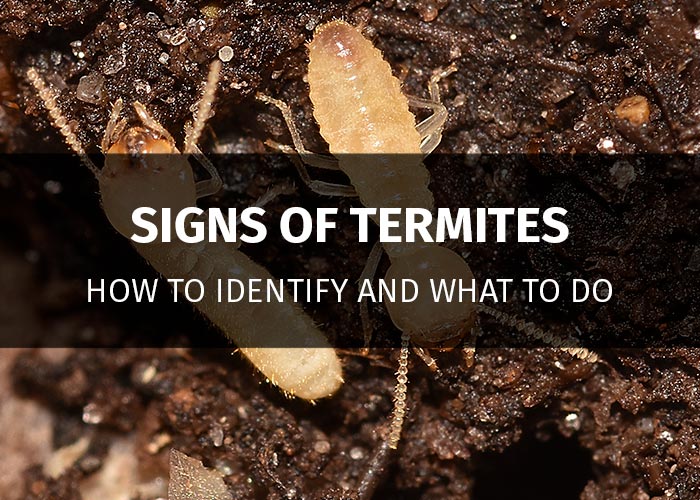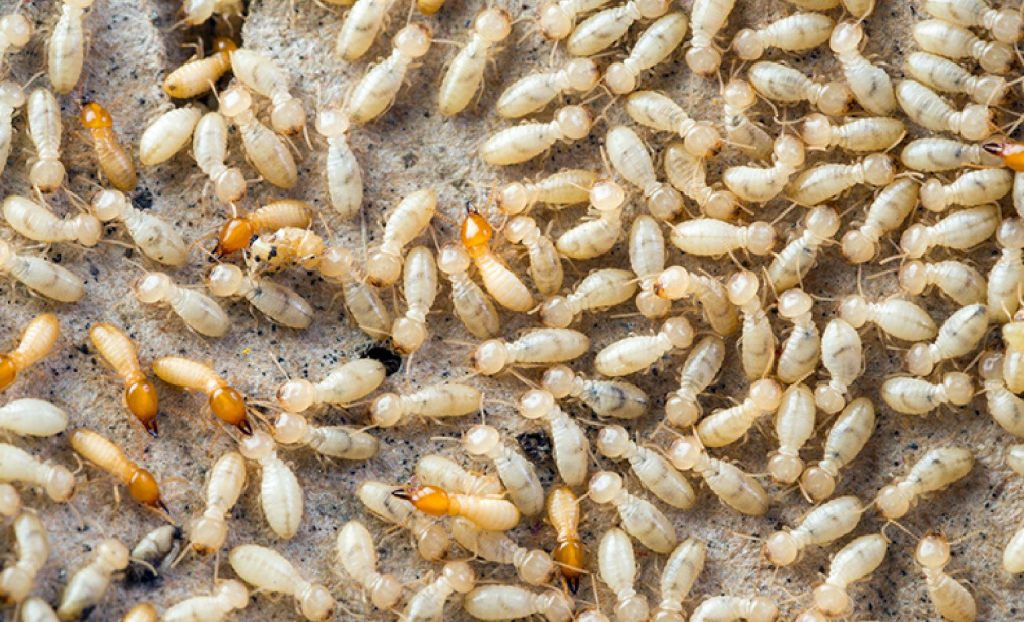Table Of Content
- You’re About to Want to Grow a Fruit Tree with Garden Futurist Rachel Spaeth
- Is there a particular season for Ikebana?
- Ikebana: An Essential Guide to The Japanese Art of Flower Arrangement
- Dec 19 What Is Ikebana? The Mechanics of Ancient Japanese Floral Design
- California Japanese-Style Gardens: Tradition and Practice
- What goes into an ikebana flower arrangement?
- Who practices ikebana?

In the west, they’re generally symbols of a happy marriage, good fortune, love, and prosperity, making them popular flowers for weddings. In the language of flowers, different colors of carnations had historically different meanings. For example, yellow carnations symbolized disappointment or a rejected heart, pink carnations meant “I’ll never forget you,” a striped carnation conveyed refusal, and red symbolized an aching heart. In hanakotoba and in the West, cosmos flowers symbolize cleanliness or orderliness, and this is typically attributed to their neatly arranged petals. However, they symbolize love, harmony, innocence, tranquility, and peace.
You’re About to Want to Grow a Fruit Tree with Garden Futurist Rachel Spaeth
Whether you’ve a vast sunny spot or quiet, secluded corner, garden gravel ideas could be your perfect option. Contemplation while walking, surrounded by nature, is at the heart of many Japanese garden ideas. Designed to be viewed from meandering garden path ideas, new garden features and views are gradually revealed with each twist and turn.
Is there a particular season for Ikebana?
Creating a slight dip below the bridge and adding clumps of natural planting – ferns, ornamental grasses are both good options – at either end will help bed the structure into the ground. Frame the scene further by adding one or two of the best trees for small gardens nearby, so the lower branches can reach over and soften the effect. You don’t have to have a stream or large pond in your garden to include a Japanese style bridge. Representing the journey from the mortal world to the afterlife or higher spiritual realm of purity and nature, a bridge is the ideal way to create movement around and structure within your Japanese garden ideas. Exceptionally beautiful, Japanese maples are the perfect plant for your Japanese garden ideas. With varieties of all shapes and sizes – from small, weeping trees perfect for pots and besides ponds to stately specimens that reach up to 8 metres high – they will add elegance, structure and year-round interest.
Ikebana: An Essential Guide to The Japanese Art of Flower Arrangement
In the language of flowers, hydrangea flower meaning is typically based on their colors. It is often given to individuals before they leave on a long journey, used in funerals, and planted near gravesites. They produce neat arrays of petals that circle bright yellow or orange centers, creating delicate cup-shaped cosmos flower colors in pretty shades of pink, red, maroon, purple, orange, yellow, and white.
Dec 19 What Is Ikebana? The Mechanics of Ancient Japanese Floral Design
They are normally placed on a hill, half covered by shrubs and standing under trees, to recreate the sense of the pagodas constructed throughout the mountains of Kyoto. Sanzon-ishigumi, the stone triad, is perhaps the most popular stone setting in Japanese garden design, representing a deity-stone in the middle with two supporters on either. The dry landscape garden (枯山水 Karesansui) is the best known type of Japanese garden type and is often called Zen garden.
California Japanese-Style Gardens: Tradition and Practice
Art meets horticulture with ikebana, the soothing art of Japanese flower arrangement - The Telegraph
Art meets horticulture with ikebana, the soothing art of Japanese flower arrangement.
Posted: Sun, 27 Sep 2020 07:00:00 GMT [source]
The end result is a piece that is not just beautiful, but also meaningful and evocative. This guide aims to walk you through the world of Ikebana – from its Buddhist origins to its contemporary interpretations, and even guide you to create your own Ikebana arrangement. Whether you’re new to Japanese art or a seasoned enthusiast, we hope this guide will illuminate the serene beauty and profound philosophy behind Ikebana.
Vessels and Receptacles in Ikebana
These sophisticated lanterns feature solar LED lights too for added atmosphere. Cluster them together and hang from your pergola ideas, garden arch or tree branches for a magical effect. There are many different styles and sizes of lanterns, each with their own fascinating history and purpose, so it’s worth finding out about each design before you buy - try Herons Bonsai for a wide selection.
Join our FREE email series to turn your home and garden into a colorful oasis. Ikebana also graced the TEDx stage in 2015 when famous ikebana master, Yuki Tsuji, gave a talk on the relationship between ikebana and beauty. Shops, hotels, restaurants and points of interest for the home and garden obsessed on the go. Remodeling and renovation tips and ideas for projects big and small. All products featured on Architectural Digest are independently selected by our editors.


The roots of Ikebana are as deep and intricate as the arrangements it produces. Its journey began over 600 years ago, evolving from a simple act of placing flowers for religious rituals into a sophisticated form of artistic expression. No, Ikebana can be practiced throughout the year, with different flowers and plants used depending on the season.
Breeders began work almost immediately to increase the rate and improve the features of this exquisite new plant. A pond is a requisite feature of most gardens, and it if it can be fed by a running stream to create miniature waterfalls, so much the better. You can use a rake to create patterns in the sand, and change the patterns from time to time to make the garden feel new. If you’d like to make the move towards minimalism in a garden, consider dedicating a space to a dry garden with no plants at all – just sand, gravel and granite.
During the early Edo period (17th century), publications in Japan developed rapidly. During this time, the Sendenshō (仙伝抄) was published, the oldest published manual. This was carefully written and instructive ikebana text, with rules and principles detailed in full,[5] and was the second publication of ikebana texts in the Edo period after the Sendenshō. Although the text is similar to the contents of commentaries of the Muromachi period, the illustrations showed how to enjoy tachibana, which had spread from monks to warriors and further on to townspeople.
However, when you buy something through our retail links, we may earn an affiliate commission. For thicker branch stalks, cut a portion away to make the bottom of the branch thinner. Use both hands to push the branch forcibly onto the kenzan needles. The oasis that Western florists use is not recommended for Ikebana because the foam does not allow the angles of the plants to be readjusted. Most kenzan are cast with brass needles on a lead base, for weight. It is important to wash and rinse kenzan well after each use to keep them in good condition.
They can include ponds and islands, bridges, tea houses and dry landscapes of sand and gravel and are full of design and planting ideas that we can try for ourselves. The Japanese concept of Ma is something that relates to all aspects of life. It has been described by many as a pause in time, an interval or emptiness in space. Ma is all about creating the sense of balance that has both movement and stillness.
The most important thing isn’t a specific flower, it’s how all the pieces work together to create one expressive, meaningful piece that plays with the idea of space. While ikebana reached its peak in the 16th century, Japanese flower arranging is seeing a comeback, and more and more people are taking up the practice. Today, ikebana is appreciated for the attention to color, form, and lines that allow practitioners to express their creativity. Traditional elements like bamboo grass and plum branches are often mixed with local, seasonal fauna to create new, innovative arrangements. The first styles were characterised by a tall, upright central stem accompanied by two shorter stems. Many beautiful ikebana arrangements were used as decoration for castles during the Momoyama period, and were also used for celebratory reasons.
When gifting ikebana, also keep in mind the choice of colors and flowers that are used in your design. While ikebana symbolism typically adheres to the Japanese hanakotoba, your recipient might be more familiar with Western floral symbolism, which can present a difficult symbolic conundrum. Your chosen vessel or receptacle should not hide the stems of your flowers, the wires holding them in place, or the water in the vase. Traditional ikebana vessels tend to be shallow and wide, displaying flowers in a way that looks as if they could be growing naturally from the ground. Strive to follow the basic principles of ikebana while honoring nature, focusing on form, shape, and lines, and sticking with a minimalistic design. In the decades since, chapters for all the major schools have sprouted up on a global scale.
“If you had to pick one color that’s essential to a Japanese garden, it would be green,” says Keane. Rikka, though technically a secular style, concerns itself with the the cosmos, harking back to its Buddhist origins. In contrast, Nageire’s more organic approach focuses more directly on connections with nature. In terms of seasonality, Asae suggests choosing materials by looking ahead one season, like in fashion. Cut the base of the flower stem at an angle, which makes it easier to insert and stabilize the branch. Hollow-stemmed flowers can be easily straightened with thin wire, simply push the wire gently up from the bottom of the stem.











